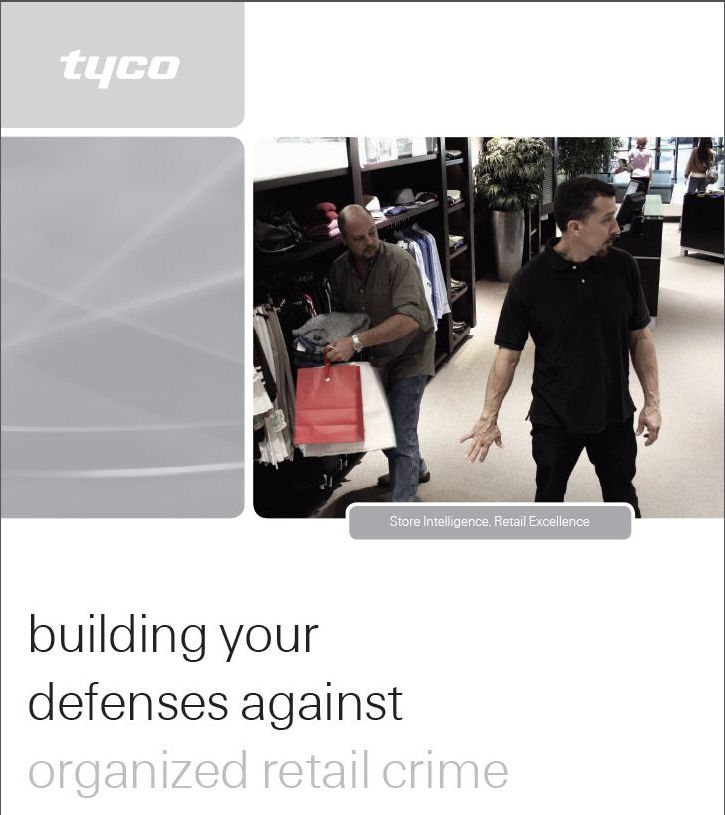|

Tyco
Retail Solutions recently published a whitepaper focused on
retailers and organized retail crime. Over the next few days
the Daily will be publishing the report in parts. Here's
part one. To view the entire article
click here.
Introduction
Shoplifting is a persistent challenge for retailers trying
balance a pleasant shopping environment against a drain on
their merchandise, profits, and patience. According to the
2010 National Retail Security Survey (NRSS), total inventory
shrinkage has shown modest declines over two decades
(probably due to better inventory controls) but losses
remain unacceptably high. US shrink measured $35.28 billion,
or 1.49% of 2010 retail sales — more than auto theft,
burglary, larceny, and robbery combined. Worldwide, shrink
accounts for more than $107 billion.
Shoplifting accounts for 31% of investigated US cases of
shrinkage—even more for high-risk categories like off-price
outlets and apparel stores. And although recordkeeping
differences complicate direct comparisons, indications are
strong that shoplifting is an even greater problem in
European and Asia-Pacific markets, where cross-border gangs
steal high-end merchandise, then quickly leave the country
to avoid prosecution.
A growing proportion of shoplifting losses stem from a
disturbing new source: 25% of investigated US shoplifting
cases are due to organized criminal gangs. The rise of
Organized Retail Crime (ORC) raises the stakes in retailers’
constant struggle to control losses without alienating
honest shoppers, and it demands new strategies and
technologies to protect retail merchandise, profits,
employees, and customers.
Organized Retail Crime
Organized Retail Crime refers to groups of people who
illegally obtain merchandise in substantial quantities
through theft and fraud for the purpose of resale. It is
typically a two-stage process: theft of the merchandise,
followed by monetization of the stolen goods, including
related financial crimes such as credit- and gift-card
fraud, return fraud, and smuggling. It is distinct from
employee fraud (although collusion is common), merchandise
counterfeiting, after-hours "smash and grab" theft, and
theft by habitual local offenders, ORC is a source of
increasing concern in the retail community. Almost all
retailers—94.5%—report that they have been victims, and
84.8% report increased incidents over the past three years.
Retailer reports put ORC losses at an average $6,842 per
instance compared with $438 for shoplifting incidents in
2009, so the financial impact of ORC is much greater than
incident percentages indicate. And because thieves steal in
bulk and concentrate on categories that are easy to resell,
indirect losses include inventory turns on popular items no
longer available for sale, and "frozen out-of-stock"
conditions when shelves have been picked clean of a popular
style or size. Frozen out-of-stock conditions are corrected
only after the next physical inventory, reorder, and
shipping cycle. So assuming a six-month physical inventory
cycle, they keep a store’s most popular items from being
replenished in the right quantities for more than a quarter
of a year—resulting in lost sales opportunity. The scale of
the ORC problem is significant. The most recent FBI study,
in 2005, estimated direct US economic losses from ORC
between $15 and $30 billion, and a more recent European
Union study11 of cross-border retail crime estimated losses
there at 7.6 billion euros ($US 10.4 billion) from cross-border
activity alone.
Tomorrow more on the
contributing factors and ORC gang organization and methods. |